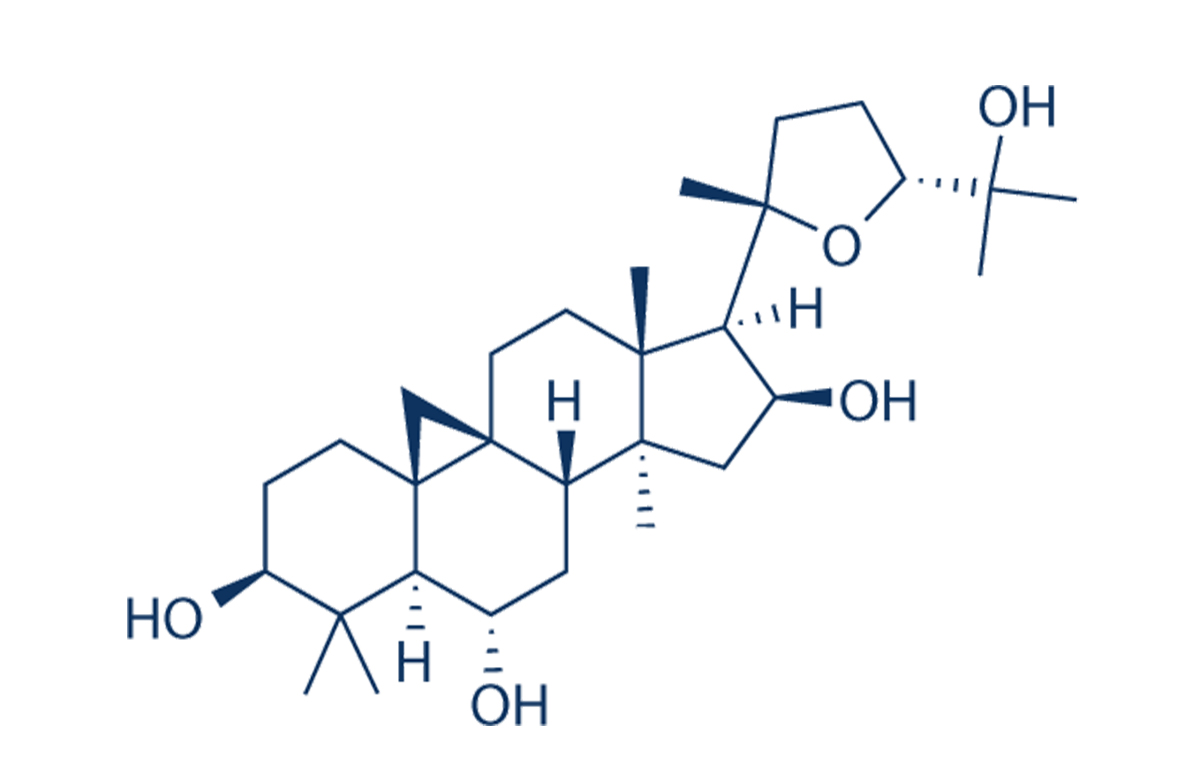It seems like you’re looking for information about the materials and methods related to cycloastragenol. Cycloastragenol is a compound derived from Astragalus membranaceus, a traditional Chinese medicinal herb. It is often studied for its potential anti-aging and health-promoting properties, particularly in relation to telomeres and telomerase activity.
While I can’t provide real-time or the most up-to-date information beyond my last training data in September 2021, I can certainly give you a general outline of the materials and methods that might be used when researching cycloastragenol. Keep in mind that specific methods and techniques can vary depending on the research goals and the field of study (e.g., biology, pharmacology, etc.). Here’s an example outline:

Materials of Cycloastragenol:
- Cycloastragenol: The compound itself, either synthesized or extracted from Astragalus membranaceus.
- Cell Lines or Animal Models: Depending on the research, either cell lines (human or animal) or animal models may be used to investigate the effects of cycloastragenol.
- Culture Media and Reagents: Cell culture media and necessary reagents for maintaining cell lines in vitro.
- Experimental Samples: Tissues or samples where the effects of cycloastragenol will be analyzed.
Methods of Cycloastragenol:
1.Cell Culture or Animal Maintenance:
- For cell-based studies, cells are cultured in appropriate media and conditions.
- For animal studies, animals are maintained under controlled conditions.
2.Treatment:
- Cells or animals are treated with cycloastragenol at various concentrations and time points.
3.Cell Viability/Cytotoxicity Assays:
- To assess the effects of cycloastragenol on cell viability, various assays like MTT or CellTiter-Glo could be used.
4.Telomere Length Analysis:
- This might involve quantitative polymerase chain reaction (qPCR) or fluorescence in situ hybridization (FISH) to measure telomere length.
5.Telomerase Activity Assays:
- To analyze the impact of cycloastragenol on telomerase activity, enzymatic assays like TRAP (Telomeric Repeat Amplification Protocol) could be used.
6.Gene Expression Analysis:
- Techniques like real-time PCR or microarray analysis might be used to study changes in gene expression related to cell aging and other processes.
7.Western Blotting:
- To assess protein expression changes due to cycloastragenol treatment.
8.Statistical Analysis:
Data analysis to determine the statistical significance of the results.

Remember, this is just a general outline. Actual methods can vary widely based on the specific research objectives, the field of study, and the available resources. If you’re looking for the most recent methods related to cycloastragenol research, I recommend checking recent scientific literature, academic journals, and reputable research institutions.
